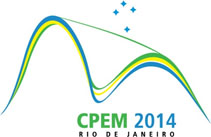News & Events
IND51 June 2016 Newsletter
IND51 November 2015 Newsletter
IND51 April 2015 Newsletter

MORSE final technical workshop (supported by the IET)
National Physical Laboratory, Teddington, Middlesex - 9 June 2016
Underpinning Testing for Communications Research in Europe: research findings from the EURAMET MORSE project
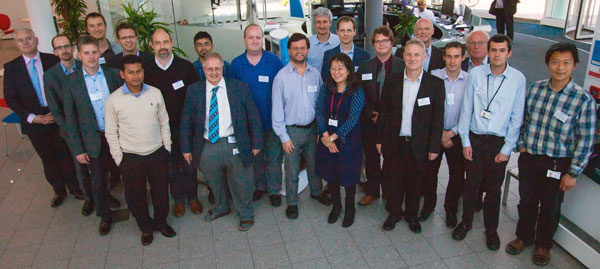
At this workshop we presented the key outputs from the EURAMET 'Metrology for optical and RF systems' project, which supported development in Europe of: RF power and MIMO measurement, efficient measurement of antenna systems and taking the optical core from 100 Gb/s to 1Tb/s and beyond.
View agenda
Invited external speakers talks:
|
WP1 |
Moray Rumney, Keysight Technologies |
|
|
WP2 |
High Speed Testing of Active Antennas |
Stuart Gregson, Nearfield Systems Inc (UK) |
|
WP3 |
High-speed photonic components and related optoelectronic test requirements |
Andreas Umbach, Finisar |
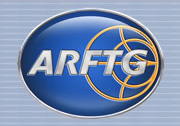
87th ARFTG Microwave Measurement Conference
San Francisco, CA, USA - 27 May 2016
David Humphreys, NPL, will present the poster 'Maximizing the Benefit of Existing Equipment for Nonlinear and Communication Measurements' with co-authors from K U Leuven, University of Ferrara and University of Bristol at the 87th ARFTG Microwave Measurement Conference, San Francisco, CA, USA.
This conference is held in conjunction with the 2016 IEEE MTT-S International Microwave Symposium. The theme for the conference is 'Measurements for Emerging Communications Technologies'. This work was in collaboration with SIB62 'HF Circuits'
Find out more about the 87th ARFTG Microwave Measurement Conference
METAS has produced two best practice guides on LTE measurements
Best Practice Guide: Guidelines for the evaluation of uncertainties when measuring LTE signal with diode based sensors
This report serves as the best practice guide for the power measurement of the 4th generation wireless signal, i.e. LTE signals using: (1) Diode based sensors; (2) Thermal Power Sensors and finally; and (3) Scope based measured with METAS digital offline processing algorithm. Uncertainty budget of all these methods have been listed and the comparison is drawn henceforth.
To download the document, click here
Best Practice Guide: Sensitivity of LTE R0 measurement with respect to multipath propagation
This report serves as the best practice guide for R0 sensitivity measurement in the LTE downlink power measurement. It provides a brief outlook of LTE architecture, multipath fading, including different fading scenarios considered for exemplary evaluation, and finally the uncertainty quantification of multipath fading using the proposed METAS scope measurement method with digital offline processing.
To download the document, click here
IND51 MORSE M30 Progress review meeting
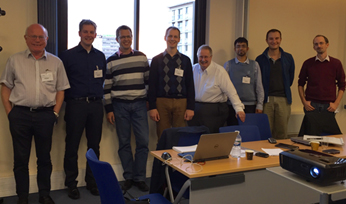
LNE, Paris, France - 9 December 2015
The IND51 MORSE consortium held their M30 meeting at LNE, Paris, France. Stakeholders Keysight joined via teleconference and provide useful feedback to the meeting.
Highlights from the last six months:
- New measurement service on Power LTE measurements set up at METAS
- New collaboration between NPL and University of Sussex - photodiode characterisation using the University of Sussex Optical Parametric Oscillator facility
IND51 Metrology for optical and RF communications
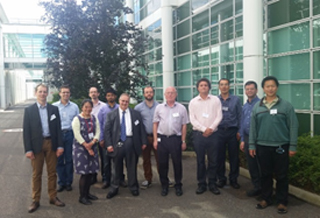
M24 Progress review meeting, National Physical Laboratory - 22 June 2015
The MORSE consortium met at NPL for their M24 progress review meeting. Presentations from the partners were given and this time we also had two stakeholders from Keysight Technologies participate in the meeting, as well as stakeholders from ETSI (European Telecommunication Standards Institute) and Keysight Technologies joining the meeting on line. As a result, we will be working more closely with Keysight and CTIA on developing measurement techniques for OTA - MIMO (Over the Air - Multiple In Multiple Out) devices and NPL has now joined the ETSI millimetre wave group that are currently discussing paper standards this year for mobile communications.
Workshop on the Do's and Don'ts for mm-wave Antenna Characterization
Keysight Insight Seminar Series in co-operation with TU-Delft, NPL, LNE, University of Rennes 1, TU Eindhoven and NSI
TU Delft, The Netherlands - 21 April 2015
With the continuous increase in the speed of low-cost technologies like RF CMOS and BiCMOS, complex mm-wave systems are becoming a reality.
Automotive radar, multi-gigabit connectivity are just some of the emerging application in the mm-wave bands, employing state-of-the-art planar and smart antenna systems.
To address the needs of such applications, mm-wave characterization should cover all the aspects, from material characterization to antenna element measurements, up to the verification of smart antenna systems.
In this seminar we will review the pitfalls and solutions adopted in various mm-wave characterization laboratories throughout Europe, ranging from near-field, compact-range and far-field setups, addressing both the connectorized and the on-wafer world, with their unique features and problems.
This seminar presents several works carried out in the EMRP IND51 'MORSE 'Metrology for optical and RF communication systems' project. The EMRP is jointly funded by the EMRP participating countries within EURAMET and the European Union.
Join us for our free Antenna Characterization Seminar!
Mid-term review
The mid-term review of the EMRP IND51 'MORSE' joint research project will take place at METAS, Bern, Switzerland on 14 April 2015. The review will be presented by David Humphreys.
David Humphreys, NPL
High-speed optical communication measurements at Chalmers
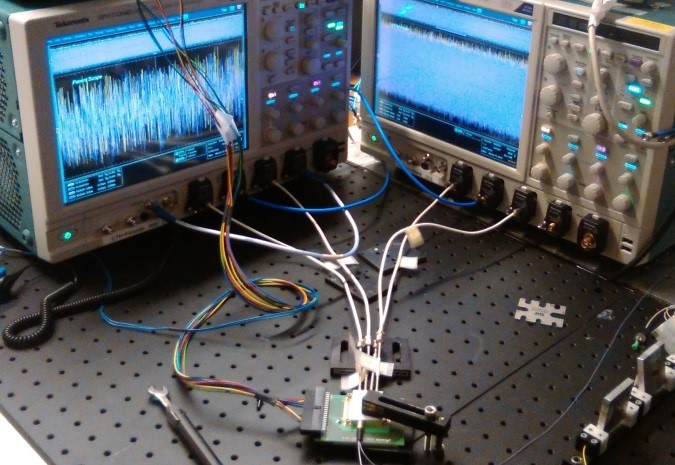
Metrology support for the next generations of optical communication systems (400 -1000 Gbits/sec) is a key element of the MORSE project and NPL, CMI and Chalmers University bring together the waveform, communication metrology and optical test-bed facilities for this work. Martin Hudlicka (CMI), Irshaad Fatadin and David Humphreys (NPL) have been working with Carl Lundström at Chalmers in the Photonics Laboratory over a three-week period in March 2015, using equipment loaned by Keysight and EXFO to quantify the optical communication system behaviour. An objective is to characterize optical transmitters and receivers in an economic manner, without resorting to full bit-error counting at several levels of optical signal-to-noise ratios (OSNR) at the receiver.
The state-of-the-art optical communications systems are based on coherent detection and multi-level modulation formats such as QPSK and 16-QAM, which are commonly used for radio-communications. These systems operate at high baud rates, e.g. 28 GBaud and are also normally polarization-multiplexed to double the throughput. For example a single optical channel can carry 224 Gbits/sec as 16-QAM using two polarization states. The high-speed test-bed system at Chalmers comprises a transmitter based on a Keysight arbitrary waveform generator with an optical I/Q modulator (to generate a signal with controllable impairments) and a receiver which consists of an optical hybrid containing the high-speed photodetectors and a Tektronix 100 Gsamples/s real-time oscilloscope. In addition, Keysight and EXFO optical modulation analysers (OMA) were available for evaluation.
More detail of this work and the results will shortly be available on the Stakeholder area of the IND51 website.
For details of the optical communication aims, please contact Dr Irshaad Fatadin, NPL
For details of the optical test bed and the research work in the Photonics Laboratory at Chalmers, please contact Prof Peter Andrekson or Dr Carl Lundström, Chalmers
Mid-term meeting: 18 December 2014, PTB, Braunschweig, Germany
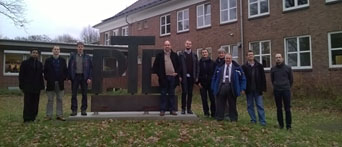 Mid-term meeting: 18 December 2014, PTB
Mid-term meeting: 18 December 2014, PTB
The mid-term (18-month) meeting was held at PTB, Braunschweig, Germany, on 18 December 2014. Progress and Technical Challenges were discussed.
NPL, METAS and University of Rennes have written critical reviews on the measurement of 'Over the Air - Multiple-In Multiple Out (MIMO) systems', MIMO RF power and a review of compact RF test ranges. Measurement facilities at NPL and METAS are being developed based on the outcomes of those reviews.
These reviews are available to stakeholders via a Stakeholders webpage within the Members area of the project website. Stakeholder membership is free and you will be given access to the public reports. A collaborator has greater access to the Members area and must sign a non-disclosure agreement. If you wish to join as a stakeholder or collaborator, please contact the co-ordinator via the Contact page
NPL, together with PTB, CMI, REG Institute Chalmers and unfunded partner Keysight Technologies (formerly Agilent), have developed a traceable calibration chain from the EOS Primary standard to optical waveforms using Real-Time Digital Oscilloscopes. This is the first milestone that must be achieved towards building a fully traceable experimental system capable of characterising more complicated waveforms now being used by optical communications industry.
PTB has developed an electro-optic (EO) field sensor for high accuracy measurements of EM field amplitude, phase and polarization. The improved accuracy is due to lower losses in the EO field sensor. This sensor will be used to characterise reference antennae which are being developed by the REG institutes, TU Delft and the University of Rennes.
CTIA - The Wireless Association (Cellular Telephone Industries Association)
NPL is participating in CTIA Over the Air (OTA) measurement and uncertainty subgroups. The CTIA is an international industry trade group representing all wireless communication sectors.
Conference on Precision Electromagnetic Measurements (CPEM): 24-29 August 2014, Rio de Janeiro, Brazil
The CPEM conference was well-attended by participants of the JRP consortium:
- M Bieler, 'The femtosecond laser as a microwave instrument', CPEM 2014, Rio de Janeiro, Brazil, 3-8 August 2014 (Keynote lecture)
- David A Humphreys, Irshaad Fatadin, Martin Hudlička, 'Calibration of Wideband Digital Real-time Oscilloscopes', CPEM 2014, Rio de Janeiro, Brazil, 3-8 August 2014
IND51 MORSE May 2014 newsletter
A LinkedIn group has been formed for IND51 MORSE
NPL has joined COST IC1004
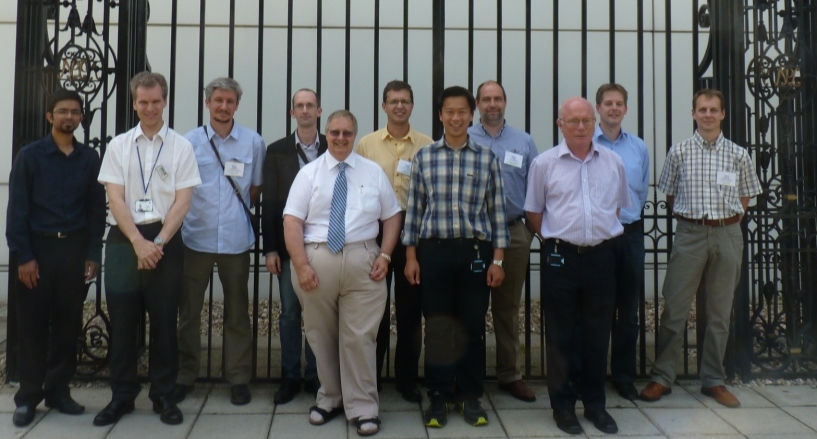 From left to right: Irshaad Fatadin (NPL), Andrew Smith (NPL), Laurent le Coq (U Rennes 1), Jean-Marie Lerat (LNE), David Humphreys (NPL), Frédéric Pythoud (METAS), Tian Hong Loh (NPL), Marco Spirito (TU Delft), Philip Miller (NPL), Mark Bieler (PTB), Martin Hudlicka (CMI)
From left to right: Irshaad Fatadin (NPL), Andrew Smith (NPL), Laurent le Coq (U Rennes 1), Jean-Marie Lerat (LNE), David Humphreys (NPL), Frédéric Pythoud (METAS), Tian Hong Loh (NPL), Marco Spirito (TU Delft), Philip Miller (NPL), Mark Bieler (PTB), Martin Hudlicka (CMI)
Kick-off meeting: 16-17 July 2013, NPL, Teddington, UK
The project Kick-off meeting was held at NPL on 16-17 July 2013.
This meeting allowed the project partners to discuss the technical challenges of the research and make plans for the next six to twelve months.

The research within this EURAMET joint research project receives funding from the European Community's Seventh Framework Programme, ERA-NET Plus, under Grant Agreement No. 217257.
For more information please contact: David Humphreys or Mark Bieler




